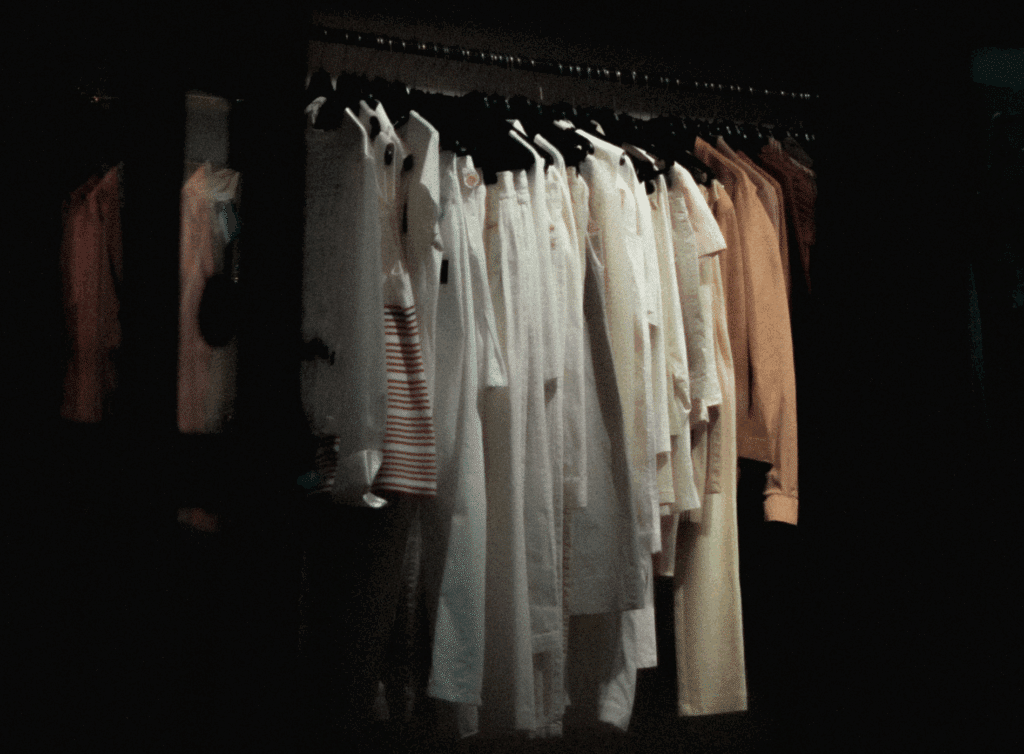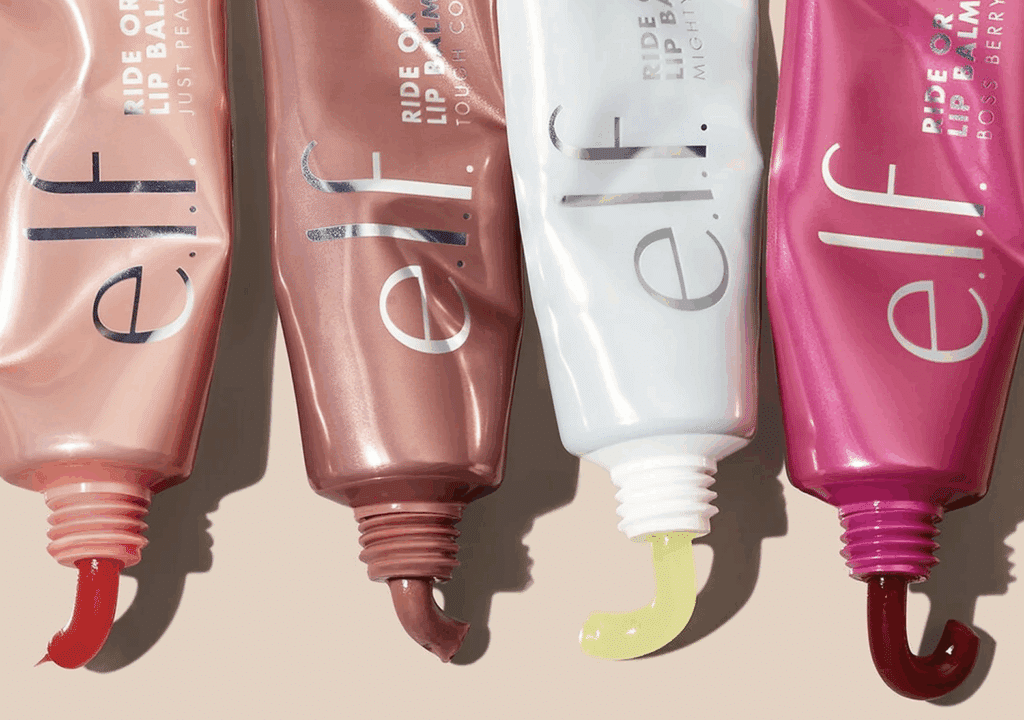Jean Patou was one of most influential couturiers in Paris in the 1920’s. The late designer – who is known for eradicating the flapper look in the 1930s by lengthening the skirt, designing sportswear for women, inventing knitted swimwear and the tennis skirt – was so thoroughly in demand by the new post-World War I female consumer that his eponymous label rivaled the great Coco Chanel, who was also busy at the time, helping to embolden women and free them from traditional wares, such as binding corsets and lengthy skirts.
While Ms. Chanel’s name and her brand are still two of the most well-known in the fashion world even some 47 years after her death, Patou’s label has been dormant since 1987. After his death in 1936 at age 55, Patou’s brand was sustained, with big names, such as Marc Bohan, Karl Lagerfeld, Jean Paul Gaultier, and Christian Lacroix, respectively taking up the helm, but the storied house ultimately went quiet, save for a reintroduction of its perfume collection by a licensee in recent years.
Now, 31 years later, LVMH Moët Hennessy Louis Vuitton is “applying its formidable finances and management,” per WWD, to revamp Patou’s celebrated house. The Paris-based luxury behemoth – which owns Louis Vuitton, Christian Dior, Givenchy, Celine, and Marc Jacobs, among other fashion and non-fashion brands – has tapped former Dior CEO and current Chairman and CEO of the LVMH Fashion Group Sidney Toledano and Guillaume Henry, the former creative director of Carven and Nina Ricci, to embark on an turnaround effort, one that is expected to debut next year.
Since this summer, Patou’s brand – i.e., the rights in its name and various other intellectual property, including its archive – has been quietly sitting under the expansive umbrella that is LVMH after what the press has called a “stealth” acquisition by the Bernard Arnault-chaired group. The assets of the almost entirely dormant brand – save for its fragrance arm – had been owned for the past 7 years by UK-based Designer Parfums, a premium fragrances and beauty licensee.
The acquisition comes after almost exactly one year after Toledano was appointed to the role of chairman of the Jean Patou board in September 2017, replacing Nikita Mehta, the 28-year-old daughter of Dilesh Mehta, the CEO and founder of Designer Perfumes. And still yet, the news follows from Dior’s very recent launch of a fragrance called JOY, the same name as a fragrance that Jean Patou first began selling in 1929. (It is worth noting that the Patou acquisition means that LVMH-owned Dior can sell the same-named fragrance without fear of trademark litigation).
Revamps in fashion are no small – or risk-less – task. You may recall the failed effort by The Weinstein Company, along with actress Sarah Jessica Parker, Jimmy Choo co-founder Tamara Melon, and celebrity stylist Rachel Zoe, to resurrect the Halston brand almost a decade ago. Weinstein then went on to try to revamp the Charles James brand, again without any luck. Or how about the much more recent attempts to bring Helmut Lang’s brand back to its 1990’s relevance?
LVMH has had quite a bit more success in this arena. For instance, Groupe Arnault, LVMH chairman Bernard Arnault’s holding company bought, Paris-based leather goods brand Moynat in 2010 and relaunched it a year later. And not for nothing, prior to LVMH’s acquisition of Celine, the Paris-based “it” brand was nearly dormant, as well. Even Christian Dior – which was brought into the fold in 1984 when Arnault acquired Agache-Willot-Boussac, a nearly bankrupt textile group that, at the time, owned the Christian Dior assets – was in need of a dire restructuring.
It will likely be able to work its magic with this one, too.














